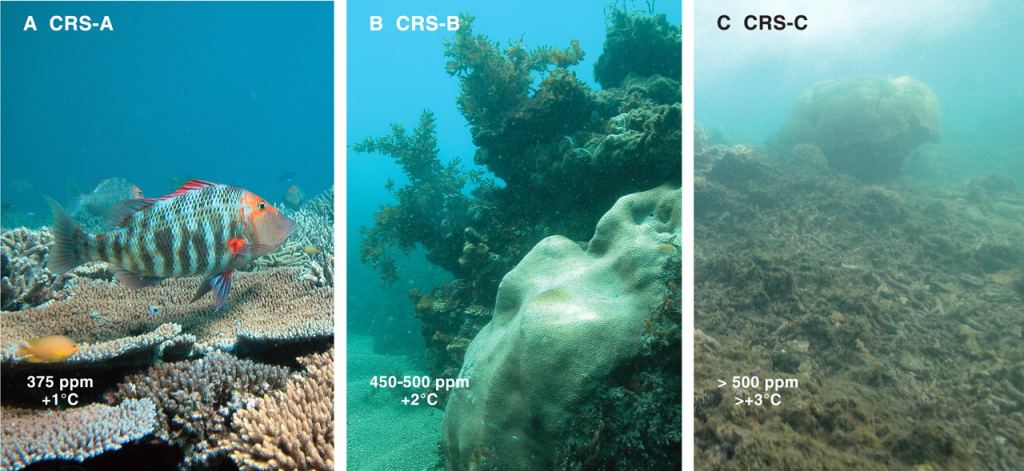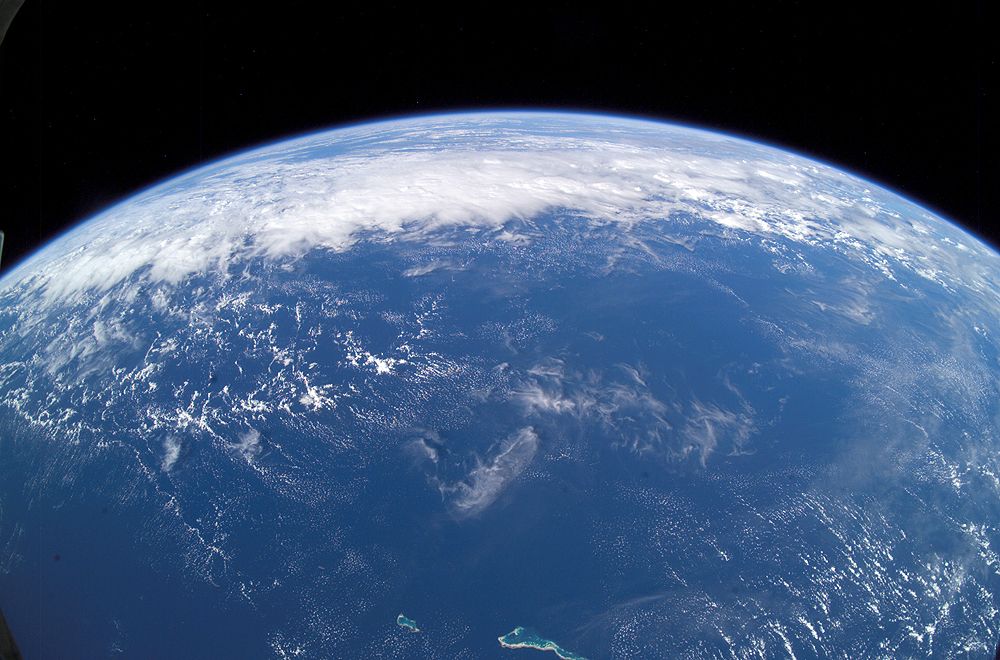Between the scientific community, governments, humanitarian organizations, and even military planners, climate change is considered to be the single greatest threat facing humanity today. Between the increases in famine, disease, flooding, displacement, extreme weather, and chaos that result, it is clear that the way we are causing our planet to get warmer is having dire consequences.
But there a number of scenarios where the harm being done now could result in a runaway effect leading to mass extinctions. This possibility was illustrated in a recent study conducted by MIT professor Daniel Rothman with the support of NASA and the National Science Foundation (NSF). According to Rothman, we are in danger of breaching a “carbon threshold” that could lead to a runaway effect with Earth’s oceans.
Rothman, a professor of geophysics and the co-director of the Lorenz Center in MIT’s Department of Earth, Atmospheric and Planetary Sciences, has spent the past few years warning us about the critical threshold we face. Back in 2017, he published a paper in Science Advances that warned how Earth’s oceans might hold enough carbon dioxide by 2100 to trigger a mass extinction.

Since then, Rothman has refined this prediction by studying the way in which the carbon cycle responds once it’s pushed past a critical threshold. In his new paper, which appeared in the Proceedings of the National Academy of Sciences, Rothman employed a simple mathematical model he developed to represent the carbon cycle in the Earth’s upper ocean and how it might behave when this threshold is crossed.
This cycle consists of carbon being released into Earth’s atmosphere (largely through volcanic activity) and being stored in Earth’s mantle in the form of carbonate minerals. Our oceans also serve as a “carbon sink”, removing atmospheric carbon from the air and converting it into carbonic acid. This cycle has kept the planet’s temperatures and the ocean’s acidity levels stable over time.
When carbon dioxide from the atmosphere dissolves in seawater, it also has the effect of decreasing the ocean’s concentrations of carbonate ions. When they fall below a certain threshold, shells made of calcium carbonate begin to dissolve and the organisms that depend on them for protection have a harder time surviving.
This is detrimental for two reasons. On the one hand, it means that an important part of the marine life cycle would begin to die off. On the other, shells play an important role in removing carbon dioxide from the upper ocean. This occurs as a result of organisms relying on their shells to help them sink to the ocean floor, carrying detrital organic carbon with them.

Therefore, increases in atmospheric carbon dioxide (and the resulting ocean acidification) will mean fewer calcifying organisms and less carbon dioxide removed. As Rothman explained in a recent interview with MIT News:
“It’s a positive feedback. More carbon dioxide leads to more carbon dioxide. The question from a mathematical point of view is, is such a feedback enough to render the system unstable?”
This process has happened many times over the course of Earth’s history. As Rothman indicated in his study, evidence derived from the study of sedimentary layers show that the oceans’ stores of carbon changed rapidly (and then recovered) dozens of times over the past 540 million years. The most dramatic of these took place around the same time as four of the five great mass extinctions in Earth’s history.
In each of these cases, Rothman concludes that increases in carbon dioxide (whether gradual or suddenly) eventually pushed past a threshold, resulting in a runaway cascade effect involving chemical feedbacks. This led to extreme ocean acidification and the amplification of the effects of the original trigger.
What’s more, for roughly half the disruptions in Rothman’s model, the rate at which carbon increased was essentially the same once they were set in motion. While the triggers in the past were most likely to due to increased volcanic activity or other natural events, these occurred over the course of tens of thousands of years. Today, humanity is pumping CO2 into the atmosphere at a rate previously unheard of in the geological record.

This was one of the main findings of Rothman’s study, which showed that the rate at which CO2 is introduced plays a major role in knocking the system out of whack. Whereas modest perturbations in the carbon cycle would level out over time and not affect overall oceanic stability, a rapid introduction of CO2 would lead to a cascade of positive feedbacks that magnify the problem.
Today, Rothman claims that we are “at the precipice of excitation,” and if it occurs, the resulting feedback and effects are likely to be similar to past global catastrophes. “Once we’re over the threshold, how we got there may not matter,” he said. “Once you get over it, you’re dealing with how the Earth works, and it goes on its own ride.”
On the plus side, his study also showed that Earth’s oceans (based on current levels of acidification) would return to equilibrium eventually, but only after tens of thousands of years. This pattern is consistent with the geological record, specifically with at least three mass extinctions that are believed to be related to sustained massive volcanism.
In other words, if anthropogenic carbon emissions cross the threshold and continue beyond it, the consequences could be just as severe as with previous mass extinctions. “It’s difficult to know how things will end up given what’s happening today,” said Rothman. “But we’re probably close to a critical threshold. Any spike would reach its maximum after about 10,000 years. Hopefully that would give us time to find a solution.”
Already, the scientific community recognizes that anthropogenic CO2 emissions are having an effect on Earth’s environment – an effect that could be felt for millennia. However, this study suggests those consequences could be much more dramatic than previously expected and could be irreversible past a certain point. If nothing else, Rothman’s study highlights the need for solutions to be implemented now, while there is still time.
Further Reading: MIT


Really? Human kind is out pacing what the basaltic uprising did to the planet Earth? Really? I thought having hundreds of square miles of basalt rising up was the worse this that ever happened on this planet. And humans are 100% outpacing that. Damn aren’t we grand.
What does basaltic uprising have to do with anything?
Bother. And the ticking time bomb of the 10^15 to 10^18 cubic meters of methane clathrates on the ocean floor. All ready there that are plumes in the East Siberian Arctic Ocean, Gustafsson and Vonk with surprising high concentration of methane. We are doomed.
Sorry, Gustafsson and Vonk are authors of the study, not places in the Siberian Arctic.